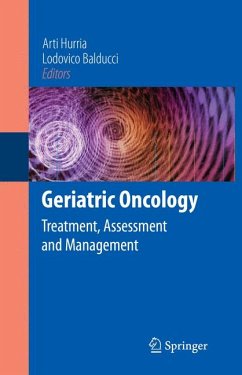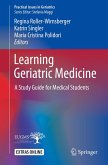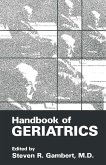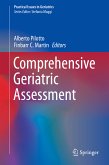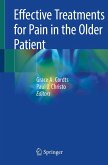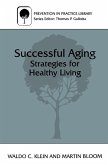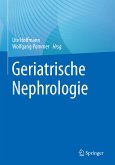The target audiences for this book are oncologists of all specialties, oncology nurses, primary care physicians, geriatricians, and all other health professionals involved in the management of older patients with cancer.
Dieser Download kann aus rechtlichen Gründen nur mit Rechnungsadresse in A, B, BG, CY, CZ, D, DK, EW, E, FIN, F, GR, HR, H, IRL, I, LT, L, LR, M, NL, PL, P, R, S, SLO, SK ausgeliefert werden.
"This is a review of all relevant topics in geriatric oncology for practicing oncologists, oncology nurses, geriatricians, or primary care providers. The purpose is to provide clinically useful material for practitioners. ... The book would best be used by physicians or nurses in the field medical oncology, but it also might be useful for others who care for elderly patients with cancer. ... The chapters are easy to read ... . The strength of this book lies in its common sense approach and practical usefulness." (James F. Brandman, Doody's Review Service, November, 2009)

